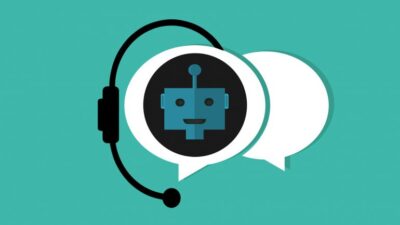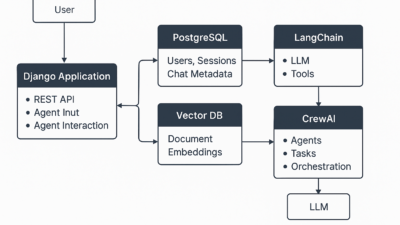First, the Basics
Let’s decode the terms:
- AI = Artificial Intelligence (machines that can “think” or make decisions)
- ML = Machine Learning (a part of AI where machines learn from data)
- LLM = Large Language Models (like ChatGPT, Bard, Gemini — trained to understand and generate human language)
- Ops = Operations (everything needed to run, monitor, and maintain systems)
So:
- MLOps = Operations for machine learning
- AIOps = Operations for IT powered by AI
- LLMOps = Operations for large language models
MLOps – Think DevOps for Machine Learning
MLOps is about managing the lifecycle of machine learning models. It’s like DevOps, but for ML.
🔍 What it Includes:
- Data collection and cleaning
- Training models
- Testing models
- Version control for models
- Deployment (putting the model into production)
- Monitoring performance
- Updating models when needed
🧑💻 Who uses it?
- Data scientists
- ML engineers
- Software developers
✅ Goal:
To make sure ML models work well in real-world applications and keep improving over time.
🤖 AIOps – AI for IT Operations
AIOps means using AI to automate and improve IT operations.
🔍 What it Includes:
- Monitoring servers and apps
- Detecting issues or outages
- Analyzing logs
- Predicting incidents before they happen
- Automating root-cause analysis and fixes
🧑💻 Who uses it?
- IT operations teams
- DevOps engineers
- System admins
✅ Goal:
To reduce downtime, quickly resolve problems, and keep systems running smoothly using AI.
🧾 LLMOps – Managing Large Language Models
LLMOps is a newer field focused on building, deploying, and maintaining large language models like ChatGPT.
🔍 What it Includes:
- Fine-tuning or customizing models
- Managing prompts and context windows
- Handling data privacy and security
- Monitoring outputs for safety and bias
- Deploying models efficiently (e.g., on cloud or edge devices)
- Optimizing cost and performance
🧑💻 Who uses it?
- AI product teams
- LLM developers
- Prompt engineers
- Research scientists
✅ Goal:
To make LLMs work reliably in apps like chatbots, coding assistants, search engines, etc.
📊 Summary Table
| Feature | MLOps | AIOps | LLMOps |
|---|---|---|---|
| Focus Area | Machine learning model lifecycle | Automating IT operations | Managing large language models |
| Key Users | ML engineers, data scientists | IT Ops, DevOps teams | AI product teams, LLM developers |
| Main Goal | Deliver ML models into production | Keep IT systems stable with AI | Deploy and optimize language models |
| Technologies | Python, ML frameworks, CI/CD tools | Monitoring tools + AI/ML | LLM APIs, vector DBs, prompt tools |
🧠 Quick Analogy
Think of it like a car company:
- MLOps is about designing and improving the engine (ML model) to run faster and better.
- AIOps is like using AI to monitor the factory machines, predict failures, and keep production smooth.
- LLMOps is about managing a specific kind of engine — a super-smart talking engine (LLM) — making sure it answers questions properly and doesn’t go off track.
🚀 Final Thoughts
Each “Ops” discipline serves a different purpose:
- MLOps helps build and ship ML models
- AIOps helps automate and optimize IT systems
- LLMOps helps manage and run large language models safely and effectively
As AI becomes a bigger part of our world, understanding these terms will help you stay ahead — whether you’re a techie or just curious.



